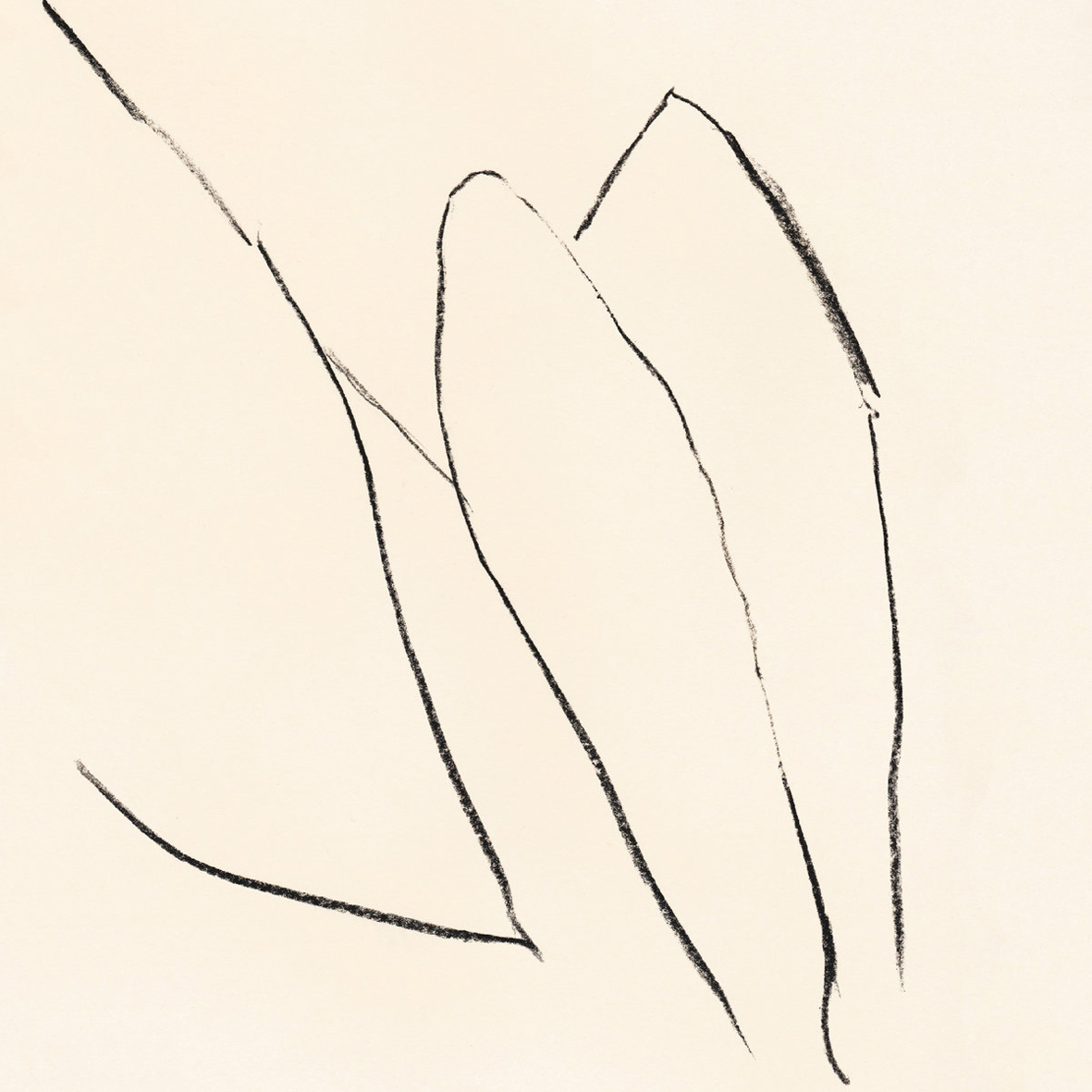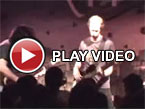Jon Porras, "Voice of the Air"
 Barn Owl was always an intriguingly fluid and evolving project and that creative restlessness has certainly continuing on into the solo work of Evan Caminiti and Jon Porras. For this latest release, Porras takes his conceptual inspiration from Indian musician Gita Sarabhai, who once mentioned in a conversation with John Cage that art exists to "sober and quiet the mind, thus rendering it susceptible to divine influences." As such, the tone of Voice of the Air is largely a meditative and drone-based one, but Porras also had some new revelations about composition along the way, diving into John Chowning's frequency modulation (FM) synthesis ideas and exploring how to use them as a structural basis for his own work. The results of that experimentation are often quite wonderful, as Voice of the Air is an album filled with strong, simple themes that vibrantly squirm, shiver, and oscillate with shifting textures.
Barn Owl was always an intriguingly fluid and evolving project and that creative restlessness has certainly continuing on into the solo work of Evan Caminiti and Jon Porras. For this latest release, Porras takes his conceptual inspiration from Indian musician Gita Sarabhai, who once mentioned in a conversation with John Cage that art exists to "sober and quiet the mind, thus rendering it susceptible to divine influences." As such, the tone of Voice of the Air is largely a meditative and drone-based one, but Porras also had some new revelations about composition along the way, diving into John Chowning's frequency modulation (FM) synthesis ideas and exploring how to use them as a structural basis for his own work. The results of that experimentation are often quite wonderful, as Voice of the Air is an album filled with strong, simple themes that vibrantly squirm, shiver, and oscillate with shifting textures.
Few things make my eyes glaze over faster than hearing about which synthesizer someone used to record an album, yet the fact that Porras used a Yamaha DX7 for this album is a noteworthy one for a few reasons.For one, Yamaha licensed Chowning's FM synthesis techniques for that specific model, so the perfect tools were readily available and Porras just needed to figure out how to properly harness them.Secondly, it is a remarkably affordable and easy to acquire bit of gear, which very much runs counter to the current trend of fetishizing the rarest and most fabled modular synths.I definitely understand the appeal of having an unpredictable electronic collaborator and being able to easily tweak and manipulate all aspects of texture, but the trade-off is that the gear itself often plays a significant role in dictating the structure and direction of the work.The traditional route of first having some strong and coherent ideas, then finding the right instrument to realize them is often an underappreciated one these days.That approach likely has a lot to do with why Voice of the Air does not sound like a synth album, nor does it quite cover any of the same aesthetic territory that anyone else has staked out in the drone world.There are certainly recognizable synth sounds and textures, but they are organically pulsing, sizzling, and shuddering in a sea of heady, psychotropic drones, and the mood is a unique one.If androids do not dream exclusively of electric sheep, I suspect their dreams would resemble the corroded and crackling beauty of Porras's soundscapes.
I am not sure if the strongest moments necessarily come at the beginning of the album, but those are the ones I tend to remember, as the album's seven pieces feel like they drift, twist, and curl like a long tendril of smoke.As a result, the boundaries between them become irrelevant almost immediately and the parts are stand out are merely those that occur before I am fully drawn into the album’s languorous and gently billowing spell.In any case, the early "Colors Passing Through Us" is certainly representative of where Porras excels on this album, as the piece is centered on just a slowly flanging pulse that buzzes and throbs its way through a warmly beautiful, soft-focus landscape of woozy chords before being enveloped in a shuddering, rumbling squall of static.Even during the piece's most gnarled moments, however, Porras still manages to maintain a masterful lightness of touch, allowing dreamy glimpses of organ-like chords to faintly pierce through the snarling distortion.Elsewhere, "Peach Fire" repeats similar themes in more inventive and sublimely gorgeous fashion, as the elusive, heavenly chords creep a bit more into the foreground and the pulsing backbone at the center erratically changes the rhythm of its cycling to weave a disorientingly precarious sense of time and place.
Sadly, Voice of the Air is quite a brief album, barely squeaking past thirty minutes, but it is a quiet minor masterpiece of understated psychedelia all the same.In a way, Porras's chameleonic career is like some kind of supernatural space virus from a horror-tinged science fiction film (albeit in a good way), as he seems to move from subgenre to subgenre (host to host), leaving something noticeably transformed and enhanced in his wake.Obviously, a few of Barn Owl's guitar albums are hard to top as far as carving out a small but distinctive niche in an existing scene, but Voice of the Air definitely manages to sidestep a lot of tired drone tropes in remarkably nimble and thoughtful fashion.  For one, these pieces are anything but static, as every single layer seems to be constantly shifting and undulating like a living entity.Moreover, Porras does not overtly appropriate many Eastern musical touches, but instead internalizes a foundational philosophy and applies it to something all his own.I was also struck by the occasional appearances of more prominent and rhythmically pulsing synth motifs that add an unusual neon-lit cityscape element to these flickering dreamlike reveries.Porras is doing something much deeper and more creatively adventurous than trying to evoke ritualistic drone traditions from other cultures or merely adding his voice to the chorus of contemporary drone masters, as Voice of the Air feels like a very contemporary and sincere attempt to create an immersive and hallucinatory soundtrack rooted in the here and now.This is an excellent and inspired album.
Samples can be found here.



